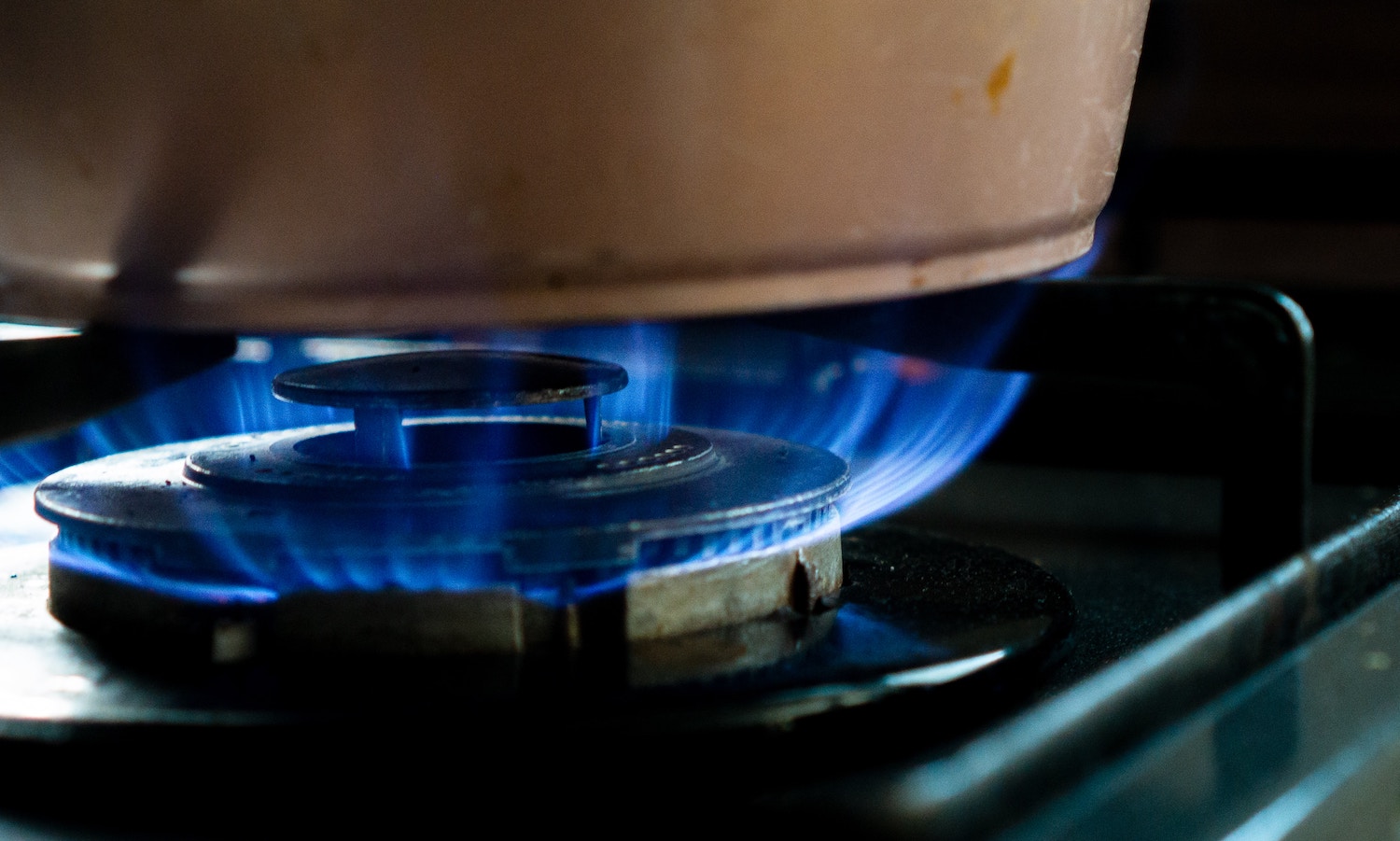Recent research published in the International Journal of Environmental Research and Public Health reveals that almost 13 percent of current childhood asthma cases in the United States can be attributed to gas cooking. In an effort to protect consumers, the U.S. Consumer Product Safety Commission (CPSC) is considering potential regulations on new gas stoves.
When cooking with gas, appliances release nitrogen oxides and small airborne particles—toxic substances that can contribute to or exacerbate health issues such as asthma and emphysema. According to research from Stanford University, in as little as a few minutes nitrogen dioxide from gas burners or ovens can exceed limits set by the U.S. Environmental Protection Agency (EPA) for exposure in outdoor settings.
To help evaluate these health concerns, the CPSC recently approved a Request for Information (RFI), calling on the public to share their thoughts on the hazards of gas stove emissions and solutions to mitigate these risks.“You can send us articles, personal experiences, personal opinion, anything,” Richard Trumka Jr., a Commissioner for CPSC, tells Food Tank.
Based on the feedback, future regulations on new gas appliances may follow. But, Trumka has assured consumers, CPSC has no intention of taking anyone’s stove away.
While the RFI, open until May 8, 2023 is new, Trumka explains that concerns around gas stoves are not. In 1986, CPSC collaborated with the EPA to evaluate the health effects of nitrogen dioxide (NO2) exposure from appliances, including gas stoves.
In 2013, CPSC put out a public warning that exposure to high levels of NO2 or continued exposure to low levels of the gas can be harmful, especially to those with chronic health issues. That same year a study published in the International Journal of Epidemiology found that children living in a home with gas cooking have a 42 percent increased risk of having current asthma.
Around 38 percent of U.S. households use natural gas for cooking, according to the U.S. Energy Information Administration, with reliance on gas varying by region and state. In the South approximately 25 percent of households cook with gas, compared to 50 percent in the West. And California and New Jersey are home to the most residential gas stoves: 70 percent and 69 percent of households, respectively, cook with gas.
But regulating products that have been installed in households for decades can prove challenging. “There’s always this added hurdle when we’re talking about newly understood risks with old products,” Trumka says. “Because for some people, those products are invisible, they’ve already blended into the background of our homes and we never think of them.” A consumer’s emotional attachment, including memories associated with ways of cooking, can also make it challenging to give up these appliances.
“It’s hard to accept that products like that, that we’ve all been around so much, could be what’s been harming us, could be what’s been hurting our kids,” Trumka tells Food Tank.
Listen to the full conversation with Richard Trumka Jr. on “Food Talk with Dani Nierenberg” to hear more about strategies states are adopting to move away from gas stoves, the steps that the gas industry is taking to prevent regulations from going into effect, and Trumka’s previous work to remove toxic heavy metals from baby food.
Articles like the one you just read are made possible through the generosity of Food Tank members. Can we please count on you to be part of our growing movement? Become a member today by clicking here.
Photo courtesy of Kwon Junjo, Unsplash











